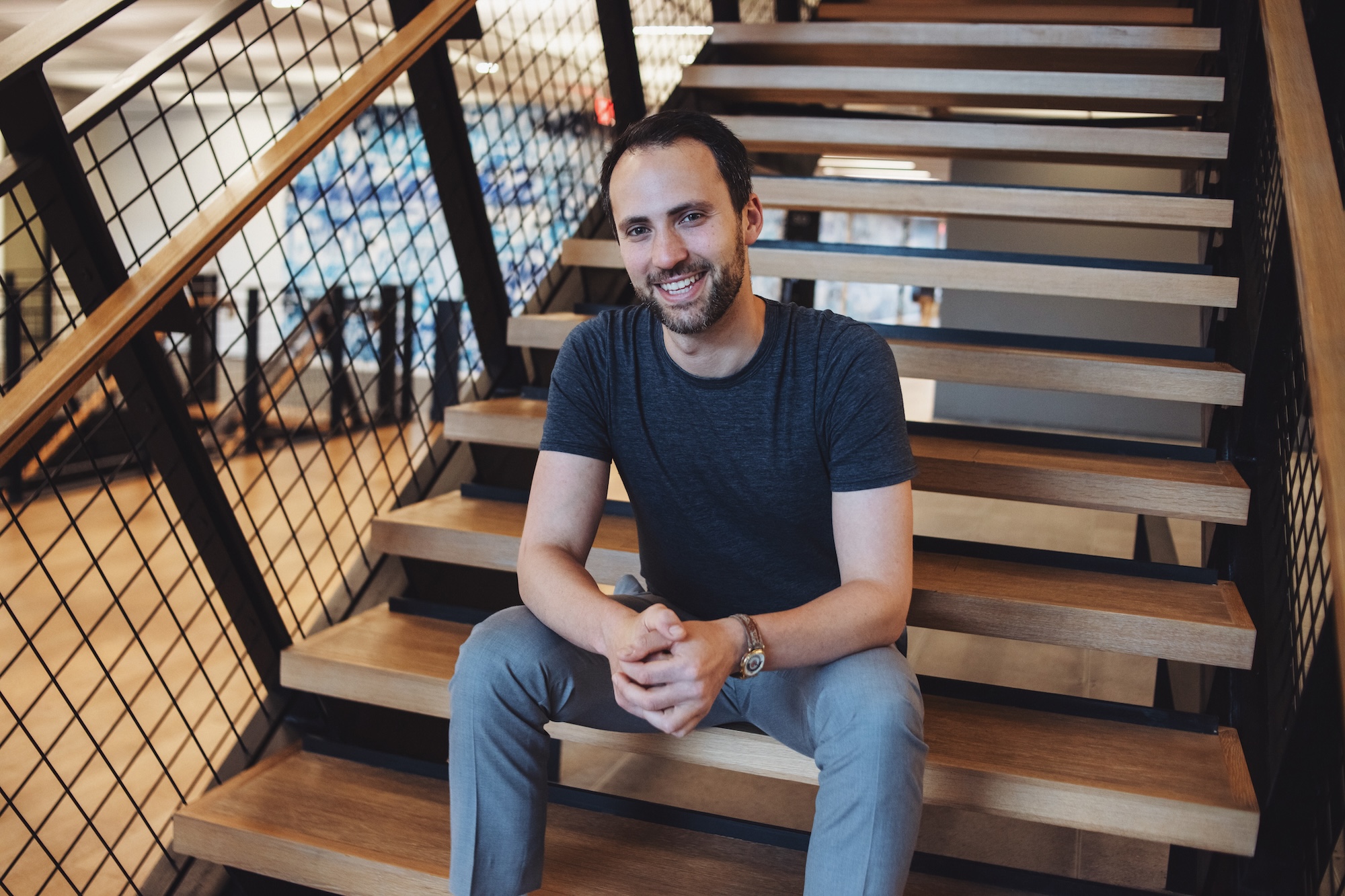When the launch of ChatGPT revolutionized the technology landscape in late 2022, forward-thinking CEOs like Alex Persky-Stern of Waymark and Katie Trauth Taylor of Narratize were already working toward a future where AI transcends chatbots. Their companies harness generative AI to supercharge businesses’ capabilities.
Narratize, headquartered in Kentucky, is a generative AI platform that helps technical thinkers in the science, medical and technology fields convert research and insights into the basis for new product development. Waymark, based in Detroit, is an AI-powered video advertising platform that enables businesses to create high-quality commercials efficiently.
Narratize and Waymark both integrate refined copilots into their specialized workflows to enhance humans’ work. In the spring of 2024, the two companies utilized this approach as part of the Comcast NBCUniversal LIFT Labs Accelerator program, which connects startup founders with Comcast leaders to develop long-term partnerships and explore advancements in AI for large-scale businesses.
Learn more about Comcast NBCUniversal LIFT Labs
“Going beyond a copilot feels like sitting down with a great mentor or a colleague who just asks the right, super sharp questions to inspire your thinking, and then it captures those insights,” Taylor said.
Despite their shared goal of using AI to drive efficiency, Narratize and Waymark assist businesses in distinct ways. Narratize largely serves clients in the science, technology and medical fields — including Boeing and NASA. Taylor noted professionals in these fields dedicate 30% of their week to writing and documentation.
With the integration of Narratize into clients’ documentation and presentation processes, each user can save up to nine hours of work per week, according to Taylor. It can also assist product marketing or communications teams with drafting whitepapers or thought leadership articles.
“What wakes us up every day on fire is that we know there are critical solutions out there to some of our world’s greatest challenges, societal challenges, health challenges and business challenges. If your people are empowered to innovate by a tool using generative AI, then those problems will get solved faster,” Taylor said.
“For long-term competitive advantage, it is so interesting and so important to help the people who are the most technically minded in an enterprise be able to effectively tell that story so that it resonates and pushes things to the next stage of development. This extra time is really the lifeblood of innovation in any company.”
Katie Taylor. (Courtesy Comcast NBCUniversal LIFT Labs)
In addition to saving users’ time, Waymark seeks to enable storytelling opportunities that may otherwise be unattainable. The firm leverages existing assets — such as a company’s website or social media presence — and transforms them into commercials. Persky-Stern said that without Waymark, it’s likely most of its clients, including many small businesses, wouldn’t have developed video ads due to time and financial barriers.
Waymark can also help larger-scale organizations that want to expand across different locations. In January 2024, Waymark signed deals with prominent media companies, including The E.W. Scripps Company, Fox TV Stations, Spectrum Reach, Gray Television, Beasley Media Group and Morgan Murphy Media, to roll out its ad-creation technology across their TV stations.
As a former lawn care entrepreneur, Persky-Stern understands the pressures of running a business, emphasizing his belief that generative AI is a powerful tool for business owners.
“We always talk about putting someone in the producer chair instead of the editor chair,” Persky-Stern said. “We want to provide options that you can react to, and people are much more comfortable living in that mode and saying, ‘Hey, I like that one. I don’t like that one,’ versus needing to work from a blank page, which can be really intimidating.”
‘Humans at the helm’
Waymark and Narratize believe generative AI empowers humans’ ability to tell their own stories — but not without security practices in place.
Narratize’s “North star” is the protection of customers’ data from any open-source, large-language models, Taylor said. Its security infrastructure includes data encryption, the use of trusted cloud services like AWS, Google Cloud and Microsoft Azure and daily backups for disaster recovery.
At Waymark, Persky-Stern said the company guardrails AI by supplying its model with materials created in-house, such as graphics provided by Waymark’s design team. These assets are used to train the AI system to comprehend Waymark’s visual language, ensuring its video content aligns with the brand’s identity and standards. He added it’s important to remember that AI, above all else, is a research and development tool whose output is only as sophisticated as its input.
“AI is a building block more than a solution,” Persky-Stern said. “Something we’re really strong believers in at Waymark is an idea we call ‘humans at the helm,’ which goes beyond the idea of a human reviewer. Having a human at the helm, steering and giving direction, is how you get really unique and powerful stuff, especially in the world of creativity and marketing.”
 Alex Persky-Stern. (Courtesy Comcast NBCUniversal LIFT Labs)
Alex Persky-Stern. (Courtesy Comcast NBCUniversal LIFT Labs)
Narratize also practices human-led AI, using its reverse prompting methodology to guide users through a structured Q&A process before writing to help extract key insights. Taylor said leveraging the human voice during ideation spurs the creation of superior content.
“It’s about giving humans the authority to put their voice and their ideas at the forefront and have AI be supportive in sharing that rather than AI replacing our ability to innovate as people,” she added.
Development and future of AI tools at Narratize and Waymark
Both Narratize and Waymark have been at the forefront of AI’s development beyond chatbots. Before ChatGPT’s 2022 launch, Narratize was one of OpenAI’s first seven developer ambassadors. In 2020, Waymark was involved in ChatGPT’s beta program.
Looking ahead, Narratize will continue its mission of enhancing the storytelling abilities of technical experts, assisted by features such as its StoryInfuser™. Debuted in September 2024, it is an AI-powered tool designed to collect and incorporate real experiences and insights from various stakeholders — such as team members, customers and partners — into one accessible feed. On the other hand, Waymark anticipates using AI-powered motion to transform static images into dynamic visuals.
As AI continues to develop, the two organizations remain committed to their missions of empowering humans’ storytelling capabilities — whether it’s to capture a scientific finding or create a 15-second video to run on a local TV station.
“We are at a point where anyone who has a message can share it with the world in a format that is compelling and effective,” Persky-Stern said.
Learn more about Comcast NBCUniversal LIFT Labs
Companies:
Comcast NBCUniversal LIFT Labs / Comcast





